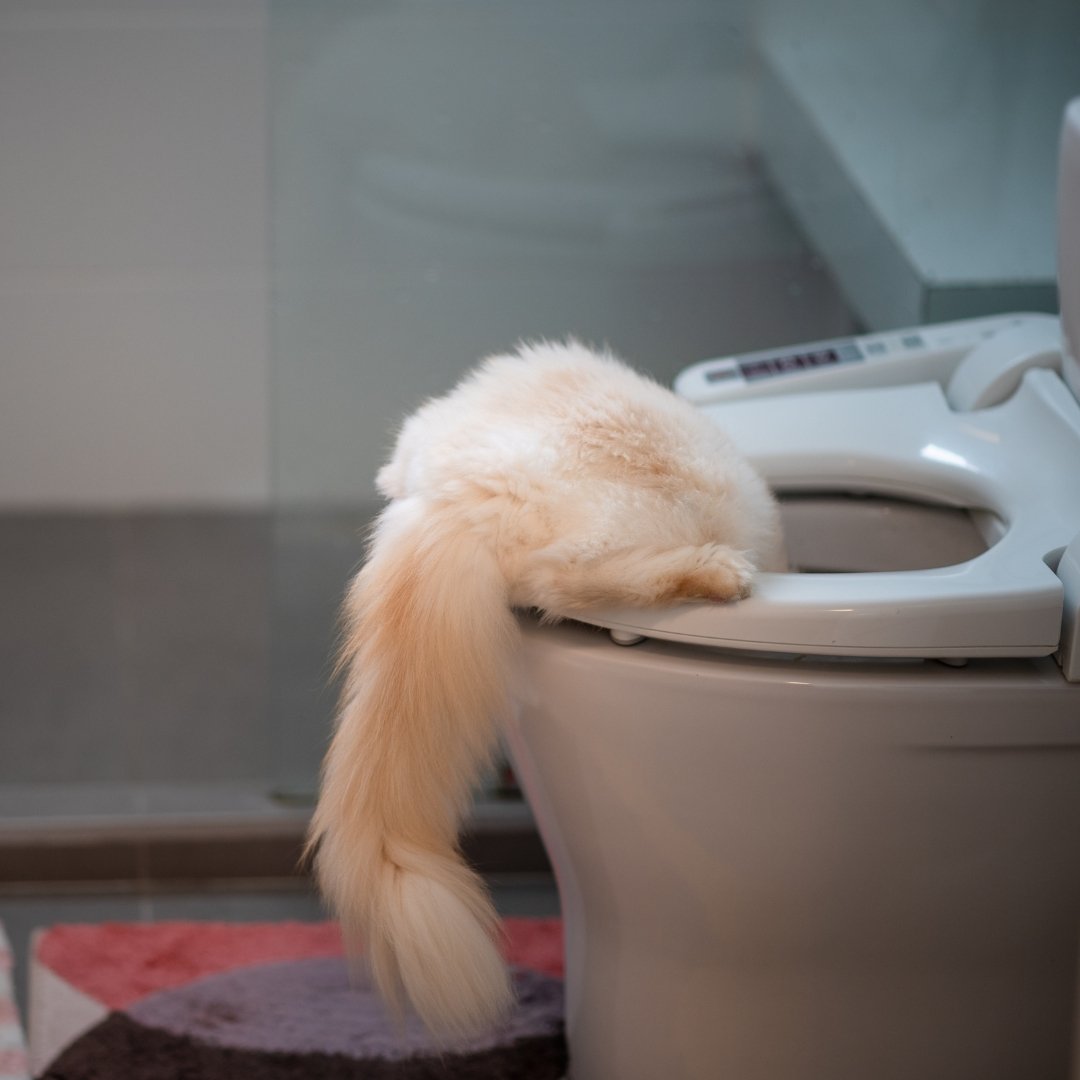Were you interested in resources around How to Dispose of Cat Poop and Litter Without Plastic Bags?

Introduction
As feline owners, it's necessary to be mindful of exactly how we take care of our feline pals' waste. While it might appear hassle-free to flush feline poop down the bathroom, this practice can have harmful repercussions for both the environment and human health.
Ecological Impact
Flushing cat poop presents unsafe microorganisms and bloodsuckers into the water supply, posing a considerable threat to marine ecosystems. These contaminants can adversely impact marine life and compromise water quality.
Health Risks
In addition to ecological problems, purging cat waste can also pose health and wellness risks to human beings. Pet cat feces might consist of Toxoplasma gondii, a bloodsucker that can create toxoplasmosis-- a possibly serious ailment, particularly for expecting women and people with weakened immune systems.
Alternatives to Flushing
The good news is, there are more secure and more liable ways to throw away pet cat poop. Take into consideration the following options:
1. Scoop and Dispose in Trash
The most typical technique of taking care of pet cat poop is to scoop it into a biodegradable bag and toss it in the trash. Make certain to utilize a dedicated clutter scoop and dispose of the waste promptly.
2. Usage Biodegradable Litter
Go with eco-friendly pet cat trash made from products such as corn or wheat. These litters are eco-friendly and can be safely gotten rid of in the trash.
3. Hide in the Yard
If you have a backyard, consider hiding pet cat waste in an assigned area far from vegetable yards and water resources. Make certain to dig deep enough to prevent contamination of groundwater.
4. Install a Pet Waste Disposal System
Invest in an animal waste disposal system particularly developed for cat waste. These systems use enzymes to break down the waste, decreasing odor and ecological influence.
Final thought
Responsible pet possession prolongs beyond giving food and shelter-- it also entails proper waste monitoring. By refraining from purging feline poop down the toilet and selecting alternative disposal techniques, we can minimize our environmental impact and protect human health and wellness.
Why Can’t I Flush Cat Poop?
It Spreads a Parasite
Cats are frequently infected with a parasite called toxoplasma gondii. The parasite causes an infection called toxoplasmosis. It is usually harmless to cats. The parasite only uses cat poop as a host for its eggs. Otherwise, the cat’s immune system usually keeps the infection at low enough levels to maintain its own health. But it does not stop the develop of eggs. These eggs are tiny and surprisingly tough. They may survive for a year before they begin to grow. But that’s the problem.
Our wastewater system is not designed to deal with toxoplasmosis eggs. Instead, most eggs will flush from your toilet into sewers and wastewater management plants. After the sewage is treated for many other harmful things in it, it is typically released into local rivers, lakes, or oceans. Here, the toxoplasmosis eggs can find new hosts, including starfish, crabs, otters, and many other wildlife. For many, this is a significant risk to their health. Toxoplasmosis can also end up infecting water sources that are important for agriculture, which means our deer, pigs, and sheep can get infected too.
Is There Risk to Humans?
There can be a risk to human life from flushing cat poop down the toilet. If you do so, the parasites from your cat’s poop can end up in shellfish, game animals, or livestock. If this meat is then served raw or undercooked, the people who eat it can get sick.
In fact, according to the CDC, 40 million people in the United States are infected with toxoplasma gondii. They get it from exposure to infected seafood, or from some kind of cat poop contamination, like drinking from a stream that is contaminated or touching anything that has come into contact with cat poop. That includes just cleaning a cat litter box.
Most people who get infected with these parasites will not develop any symptoms. However, for pregnant women or for those with compromised immune systems, the parasite can cause severe health problems.
How to Handle Cat Poop
The best way to handle cat poop is actually to clean the box more often. The eggs that the parasite sheds will not become active until one to five days after the cat poops. That means that if you clean daily, you’re much less likely to come into direct contact with infectious eggs.
That said, always dispose of cat poop in the garbage and not down the toilet. Wash your hands before and after you clean the litter box, and bring the bag of poop right outside to your garbage bins.
https://trenchlesssolutionsusa.com/why-cant-i-flush-cat-poop/

I have been very enthusiastic about How to Dispose of Cat Poop and Litter Without Plastic Bags and I really hope you enjoyed my article. Kindly take the time to share this content if you liked it. I value reading our article about Can You Flush Cat Poo or Litter Down the Toilet?.
Instant Quote
Comments on “Reasons Flushing Cat Poop Down Your Toilet Isn't a Good Idea - Tips for Safer Handling”